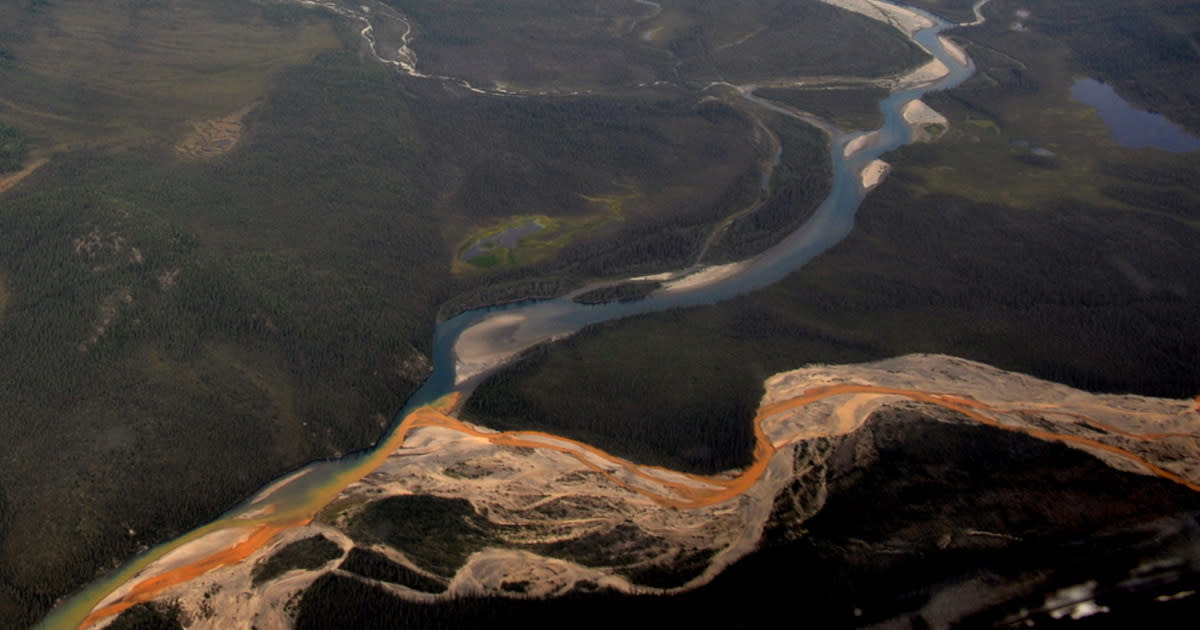Scientists Alarmed as Rivers in Alaska Turn Bright Orange

Rivers of Rust
Climate change is doing all sorts of weird things to the planet — from increased turbulence on plane trips to more stinging jellyfish in the ocean.
Now, remote rivers in the Alaska backcountry are turning from a pristine glacier blue to an alarming rusty bright orange, according to a new study published in the journal Nature Communications: Earth & Environment. Why? Thawing permafrost, caused by global warming, is releasing minerals like iron and toxic metals into rivers.
Researchers studied 74 streams in Brooks Range, a spectacular swath of mostly uninhabited mountains in the north of Alaska's arctic region. They used satellite images to conclude that this color change has been happening over the last ten years as climate change has increased temperatures in the region — a startling illustration of the devastating effects global warming is having on some extremely remote parts of the world.
Orange Creamsicle
And judging by the pictures, it's an off-putting hue that almost looks like it belongs on the surface of a different planet.
"There are certain sites that look almost like a milky orange juice," said National Park Service ecologist and study lead author Jon O’Donnell in a statement.
"We’re used to seeing this in parts of California, parts of Appalachia where we have mining history," University of California Davis professor of environmental toxicology and study coauthor Brett Poulin told CNN. "But it’s very startling to see it when you’re on some of the most remote wilderness and you’re far from a mine source."
Downstream
Setting aside their unsettling color, the impact on the local environment is enormous, according to the researchers.
The thawing permafrost and mineral runoff — which includes lead, iron, zinc, copper, nickel, cadmium, and mercury — make the streams more cloudy and hence block more light, and are more acidic. This can impact plant and aquatic life with fish like salmon storing toxic minerals in their meaty flesh, according to the researchers.
And there are risks to human health as well. Many Alaskans who do subsistence fishing could be harmed — not to mention drinking water downstream that can be contaminated.
Researchers are now looking to identify more affected locations around Alaska to trace the metal and minerals back to their source.
But in the long term, the best solution would likely involve addressing the growing climate crisis.
More on climate change: Record Global Temperatures Drive Extreme Heatwaves in Oceans, Too

 Yahoo News
Yahoo News 
